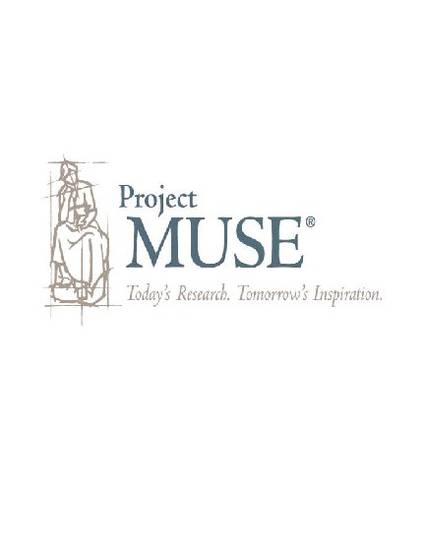
This article examines the historical origins of the Inter-American human rights system and key achievements of the Inter-American Commission on Human Rights over the past fifty years. The article also focuses on various notable activities and achievements of the Commission during three discreet periods between 1960 and 2004. It explores the Commission’s use of on-site visits and country reports to expose human rights violations of military governments during the 1970s and its increased use of the case system since the restoration of democratic rule in the 1990s. The article notes how key themes and shifts in US foreign policy, from FDR’s Good Neighbor Policy to Cold War efforts to contain Communism, impacted the Commission’s work. The Commission has in recent years faced challenges in providing guidance to OAS member states on crafting anti-terrorism measures that do not run afoul of their international human rights obligations. The article concludes by noting other obstacles currently faced by the Commission, most notably the fact that both the US and Canada have refused to ratify the American Convention on Human Rights.
